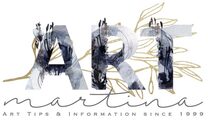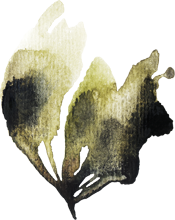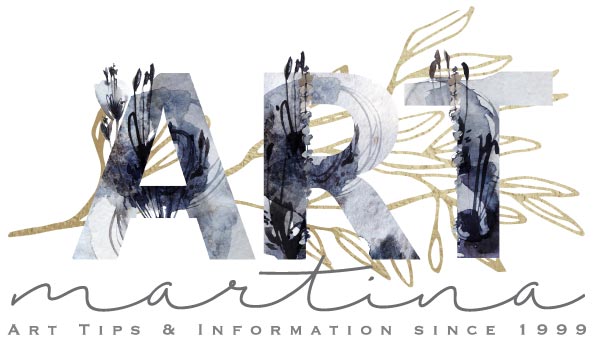15 Must Have Skills Every Art Student Needs
“The most difficult step ever is the first step. It comes with doubts, uncertainties, and all sorts of fears.
If you defy all odds and do it, your confidence will replicate very fast and you'll become a master!”
If you defy all odds and do it, your confidence will replicate very fast and you'll become a master!”
There are as many opinions about “must have” skills for art students as there are art instructors. My personal perspective arrives as a long-time art teacher and judge of art shows and competitions. If you concentrate on the essential skills I will point out, you’ll be much better off in your art career in the long run. Every bit of information you learn will without fail enhance your drawing and painting skills with practice.



















